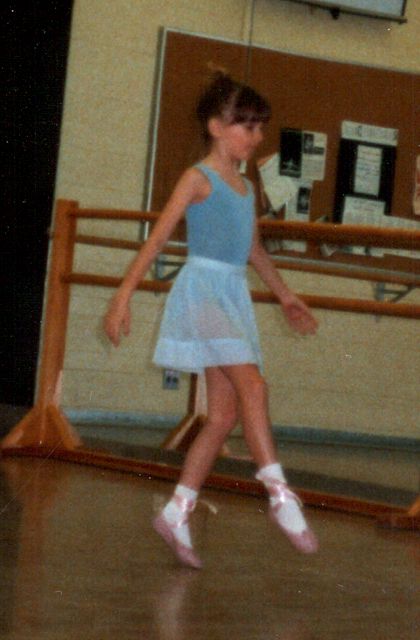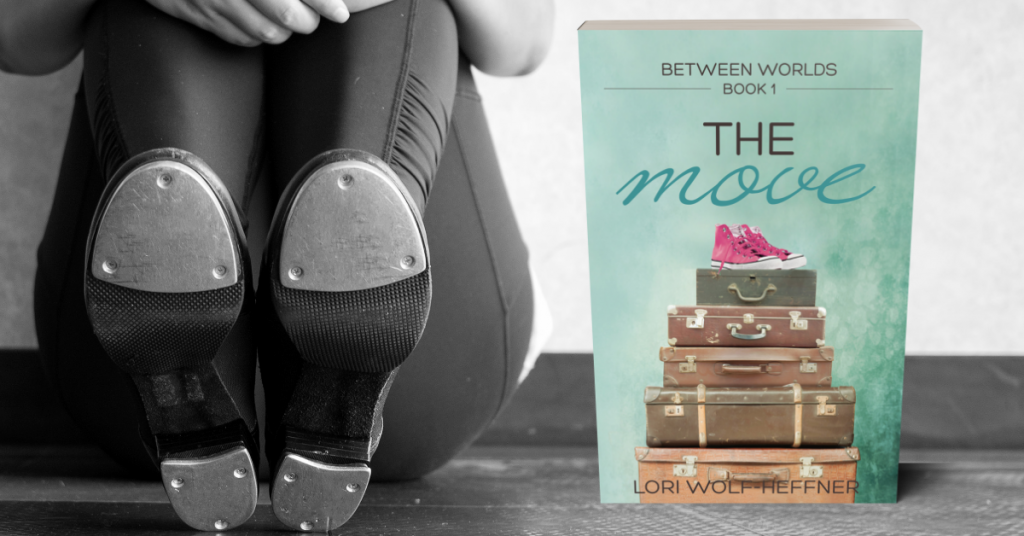
Studying dance growing up makes you acutely aware of your body. For me, I never fully knew where I fit: After a failed audition for a major ballet school when I was 12, I was told my rib cage was the wrong shape. However, when I auditioned for a Toronto production of Crazy For You, I fulfilled at least one requirement: Chorus members had to be 5’7” or taller. Shorter women tried to circumvent the requirement by wearing heels, but they were found out soon enough. Although I didn’t get the role, I still tried out for something that was more suited to me. As we continue to find our voice, we get closer to finding those projects and challenges that are actually for us. I was still a teen at that audition: I hadn’t found my voice yet, so I couldn’t find those larger-than-life ideals that would work for me.
Only 1 Person for a Role
I recently talked to two brothers, Kevin and Michael Scheitzbach, who are hip-hop artists in Brampton, just outside of Toronto. Only 17 and 21 (though actually three years apart), they’ve already learned to understand that a failed audition doesn’t necessarily mean they’re bad dancers, but rather, they’re just not a right fit for that part.
“But I feel like we’ve learned to accept that maybe we’re not what they’re looking for, or maybe they needed to fit this roll differently and only one of us could book it. We’ve learned to accept it now, whenever we go to an audition. It doesn’t stop us from continuing to love what we do,” said Michael, the older brother.
If you grew up with Christopher Reeve’s Superman, you also grew up with Margot Kidder’s Lois Lane. I have a fancy box edition of the four movies (and will readily admit that the second two are pretty bad), and one DVD contains never-before-seen audition footage, including one with Stockard Channing trying out for the role of Lois Lane.
You likely know Stockard Channing as Rizzo on Grease, with John Travolta and Olivia Newton-John. Watching her play Lois Lane was an odd experience: she was just fine, but she just didn’t fit. Margot Kidder was truly the only one who fit the role. I think the edge Channing had that got her cast in Grease wasn’t right for the 70s/80s Superman franchise.
Being Like Everyone Else?
I always thought that the audition circuit in dance was about trying to make yourself fit a certain mould. There is some truth to that, but only some. It was actually about trying to find where you fit best. Yes, I fulfilled the height requirement for Crazy For You, but my personality didn’t, and for all I know, my body (aside from my height) may not have, either. I hadn’t found my voice, so to speak, so I could try to find the projects that would work best with me.
A friend of mine recently posted on Facebook that, because of his height, he’d never be a leading man on stage, but he also said he was okay with that. Just the other week, I saw him perform the role of Cosmo Brown in Singin’ in the Rain, and I’d almost say he stole the show: the role fit him perfectly.
Copying at the Start
When you’re learning your art form, be it dance, writing, painting, an instrument, it’s normal to copy the masters at first, because you’re still finding your voice. I definitely made my attempts:
- I remember our ballet teacher having a small TV and VCR hooked up in the studio, and we’d try some of the chorus work from Swan Lake.
- My last tap solo was to “Singin’ in the Rain,” complete with umbrella, and my dance teacher asked me to learn a piece of Gene Kelly’s choreography.
- My friends and I often watched a movie and tried to mimic the singers. (Three teenagers trying to sound like Bette Midler one moment and then soprano Rebecca Caine the next must have required a lot of patience from our parents.)
- When I read my manuscripts from my teen years, I can tell you exactly what TV show I was watching when I wrote it: I changed the names of the characters and the story’s location, but I copied the central plot.
Copying the masters, so long as it’s part of your learning, is how knowledge is passed down. As the old saying goes, there’s no point in re-inventing the wheel. Studying the great artists of our past merges their knowledge with ours and we don’t waste time discovering what’s already been discovered. That’s partly why dancers today can accomplish so much more than dancers from years gone by: the ones who listened to their teachers and studied those at the peak of their craft could move further faster sooner.
Finding Your Voice: That Which Makes You Stand Out
But there comes a point in time when you realize you have something special to offer. I got to talk to former prima ballerina Evelyn Hart two months ago, and we agreed that the artists everyone reveres, in our case dancers, are not copies of someone else: they have something unique about them that no one else has.
Just take the classic examples of Gene Kelly and Fred Astaire: you would never mistake one for the other, even when they’re dancing together.
I know my parents would have never had my floating ribs removed, because it would that have been a very drastic and expensive operation for a pre-teen. But something more important lay underneath my request to audition that my parents knew about: a friend of mine had disappeared the year prior and was studying at that school. I wanted to get in, too, just because she had done it. So, my decision to audition had nothing to do with fulfilling a dream but everything to do with being like someone else.
To be successful in your art, and (I believe) in almost anything you do, you need to find that balance between listening to your teachers, who are passing on sometimes centuries of knowledge, and growing into who you truly are. For some, it’s an easy journey; for others, like me, it’s more difficult.
But it is possible.
*Update November 2020: I’ve since published eight books (seven in my Between Worlds series) and am planning two for 2021. One piece of feedback I’ve had several times is that readers find my voice refreshing. I’m starting to find my own way, and it looks like this:

We manage all data submitted as outlined in our privacy policy.